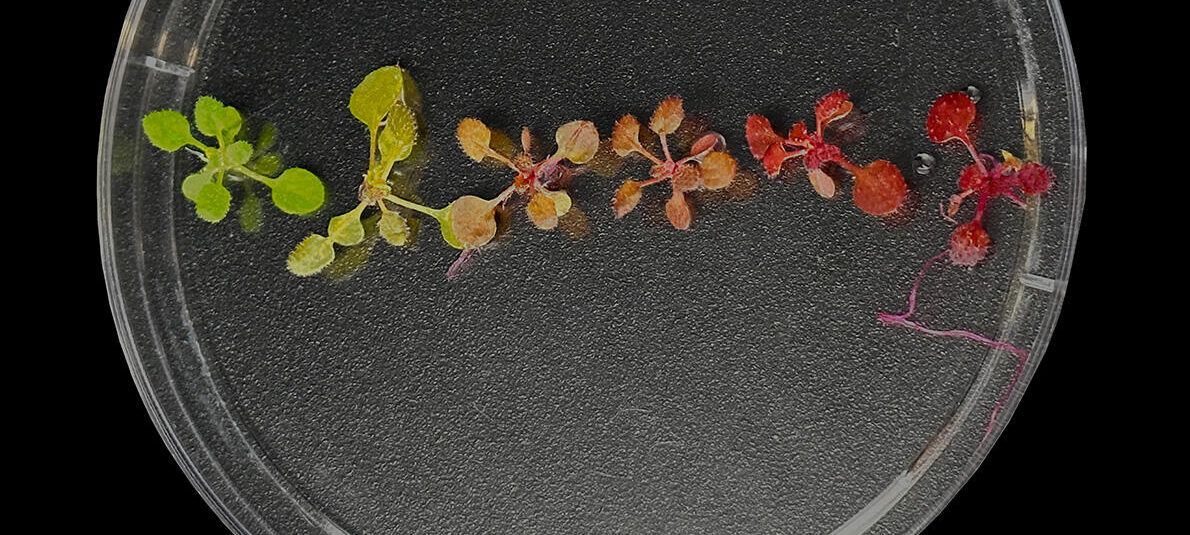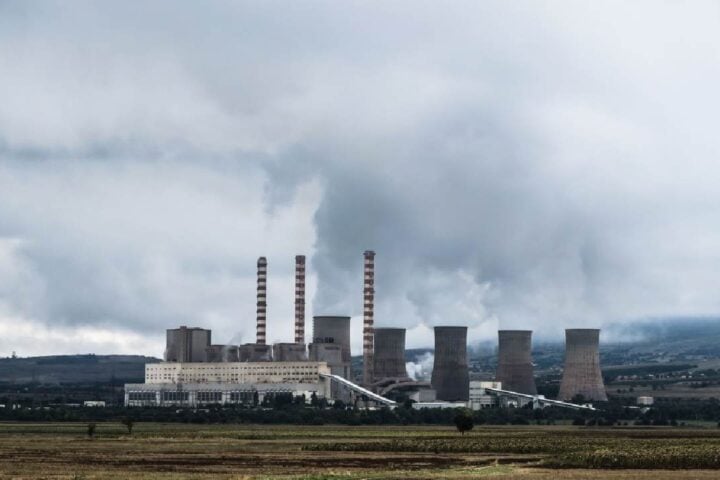A simple change to a bacterial DNA delivery system has created a 100% improvement in plant transformation and a 400% boost in fungal modifications, according to research published in Nature Biotechnology. The work at Lawrence Berkeley National Laboratory builds on a 40-year-old technique that has remained largely unchanged since the 1980s.
Working with Agrobacterium tumefaciens, the research team found that modifying the bacterium’s binary vector—a small circular DNA molecule—substantially increased successful DNA transfers into plant cells. The binary vector contains a critical region known as the origin of replication, where it is said that DNA replication begins and regulates the number of copies of the plasmid produced. Through directed evolution assays, the team identified mutations that increased these copy numbers.
”The current plant transformation approach is slow and stands as a significant bottleneck in the push to develop biology-based fuels and materials that aren’t derived from petroleum”, said Patrick Shih, Deputy Vice President of the Feedstocks Division and Director of Plant Biosystems Design at the Joint BioEnergy Institute (JBEI).
Shih explains that it is possible to transform the plant with Agrobacterium, but it is costly in terms of both money and time. He adds that the process of transforming the plant could be increased and expedited, and more events could be achieved from a single attempt, it would save both time and money.
The team tested four different origins of replication used in AMTs, engineered random mutants, and conducted a directed evolution assay that enabled them to select individuals with higher copy numbers.
The modification also enhances CRISPR-Cas9 delivery in plants and fungi. Shih explained that one of the significant challenges in plants and fungi is delivering CRISPR reagents. He highlighted the process, noting that CRISPR-Cas9 is introduced the edit is made, and then the system is removed to ensure it remains non-transgenic, but the primary difficulty lies in delivering it into the cell initially. He mentioned that Agrobacterium is commonly used for this purpose, and posed the question of how the Cas9 reagent could be delivered more efficiently to enable the desired edits.
More Stories:
Matthew Szarzanowicz, the first author and UC Berkeley graduate student, explains the historical context: “Over the past decades, plant scientists who perform AMT haven’t thought about the structure of the binary vector itself. They use vectors that have been used by other labs in the past, add their DNA, and hope for the best. There has been relatively little attention paid to the backbone sequence of the binary vector.”
The team’s experiments with Arabidopsis plants demonstrated varied outcomes in transformation success, visible through red reporter pigments. The Department of Energy’s Office of Science supported this work, which aligns with broader efforts to reduce dependence on fossil fuels and plastics.
The research results from cooperation between Berkeley Lab’s Environmental Genomics and Systems Biology division, the Joint BioEnergy Institute, and the Innovative Genomics Institute at UC Berkeley. Their findings appear in “Binary vector copy number engineering improves Agrobacterium-mediated transformation” by Szarzanowicz et al., published in Nature Biotechnology.
“Agrobacterium has not naturally evolved to transform fungi, but it can happen, and so we can improve upon that process, ” says Shih. “Now we have this chassis to try to better transform many fungi that are super relevant to different industries from pharmaceutical companies to companies that are making biomaterials out of fungi.”
This work forms part of Berkeley Lab’s broader effort to harness the power of microbes and plants to make new biology-based products, materials, and fuels while reducing dependence on plastics and fossil fuels.

















